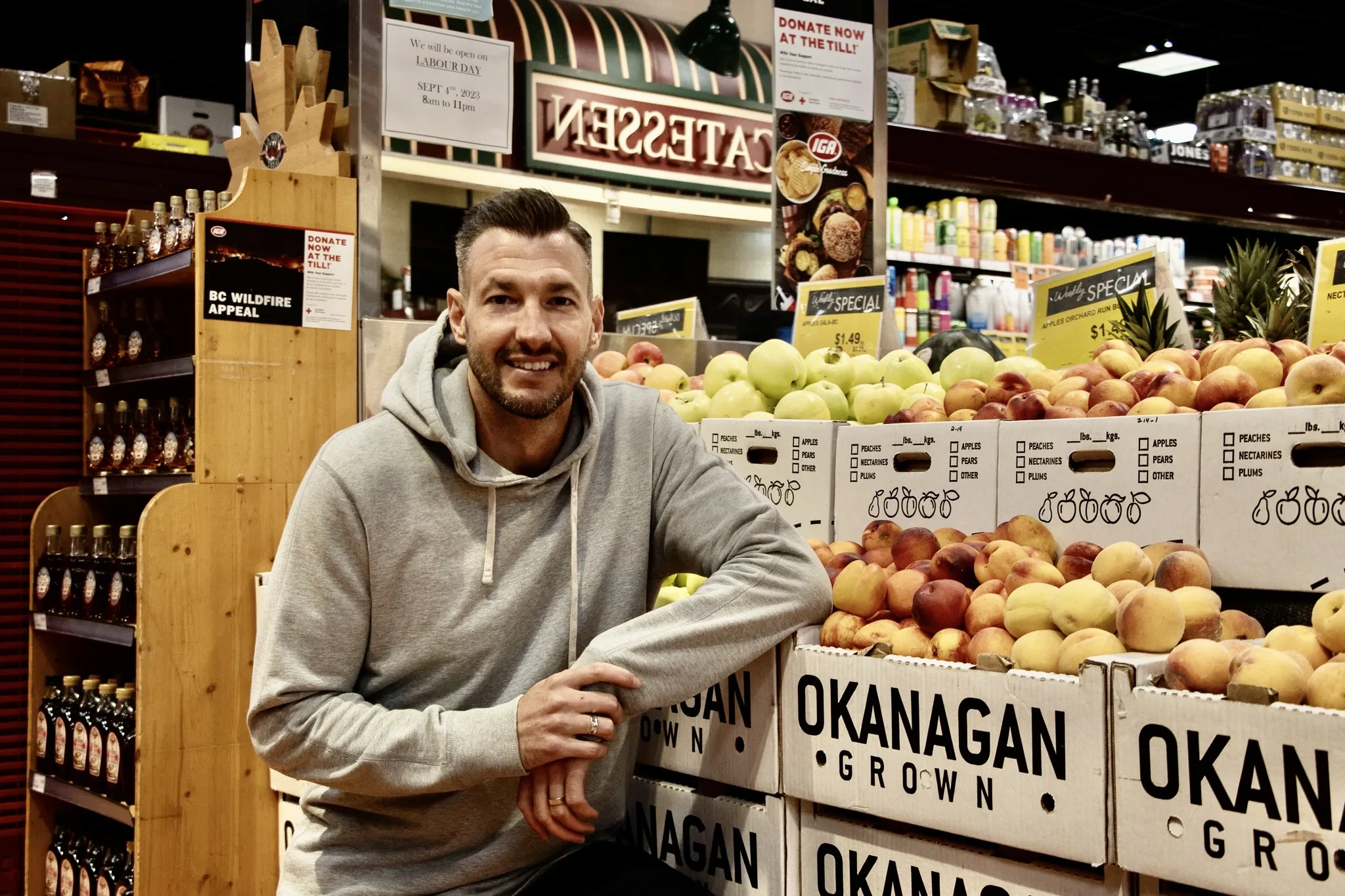CFIL on Canada’s National Observer: ‘Meet the Grocer Tackling ‘Tragic’ Wasted Food’
By Marc Fawcett-Atkinson
Anthony Sullivan is upfront when he talks about wasted food. Every day, his Vancouver-area grocery store is left with a “wild” amount of fruits, vegetables and other foods customers don’t want to buy. While he can donate much of the bounty, the loss still bothers him.
His store is not alone. Canadian grocers and food retailers are responsible for about 12 per cent of the roughly 50 million tons of food wasted in Canada, the majority of it produce, meat and other perishables. The loss is a source of roughly 56 million climate-warming emissions, most of them methane generated when wasted food breaks down.
Faced with this “tragic” volume of waste and looking for ways to reduce it, Sullivan recently partnered with an unusual team of design students and city employees to try to tackle the problem. Hosted by Vancouver’s Emily Carr University, the group worked with Sullivan and dozens more food businesses to help them reduce the amount of food waste they produce.

Vancouver grocer Anthony Sullivan recently worked with a team of designers to try to reduce the amount of food wasted by his store. (Photo by Marc Fawcett-Atkinson/Canada’s National Observer)
Dubbed the Circular Food Innovation Lab, the 10-month project aimed to use design to help food retailers, kitchens and restaurants adopt a more circular and less wasteful approach to managing their businesses. Circulatory means finding ways of bringing industrial and retail food practices into alignment with more natural cycles, explained project design and experimentation lead Lily Raphael.
“What we’re trying to do is constantly work at these larger systemic issues” that are making it hard to reduce the amount of food wasted by grocery stores, restaurants and other retailers, she said. “Where are we getting stuck in our current way of doing things?”
While typically more closely associated with art or items, some of the techniques designers use to develop products proved useful when it came to helping the businesses figure out those blockages, she said.
“(We) really stayed focused on what are the underlying mindsets and paradigms that are reinforcing this current pattern” of wasteful behaviour, she explained. “A common thing we would hear from businesses is that they’re subject to consumer demands. We wanted to challenge that assumption and reframe the role businesses can play.”
That approach worked, Sullivan said. The group had weekly meetings with his staff where they tried to determine what was making it hard for them to reduce the amount of food the store wasted every day.
It wasn’t long before they found two areas Sullivan and his staff could try to adjust their practices to reduce the amount of food they wasted — communication and workplace culture.
“We found that food became their work. That damaged apple was no longer food, [it] was just junk in their way,” Sullivan said. “The appeal of the project was kind of maybe to reframe that with my staff and to have them consider it a little differently.”
That reframing led to more conversations about how different departments could better co-ordinate to recycle unsellable food within the store. For example, better communication between the produce department and the deli helped the deli to prepare a menu that could use excess peppers a few days in advance instead of scrambling to use them on short notice.
The design team also helped Sullivan’s staff create posters aimed at educating people about which foods are in season. It is an attempt, he explained, to help both staff and consumers know what is in season and become more comfortable with fluctuations in the seasonal availability of certain produce. On top of the economic benefit to local producers, Sullivan said the proximity of local producers makes it easier to buy only enough stock to meet customer demands.
Still, Sullivan said it remains a challenge to sustain the points of success in a system designed for waste. Changes that required a bit more work from his employees — like weighing every cask of excess produce to track how much was lost — have fallen lower on his staff’s priority list since the collaboration with Emily Carr University ended. That means he still has his work cut out for him.
“Some of those systems need constant attention,” he said.
You can find this article on Canada’s National Observer.
